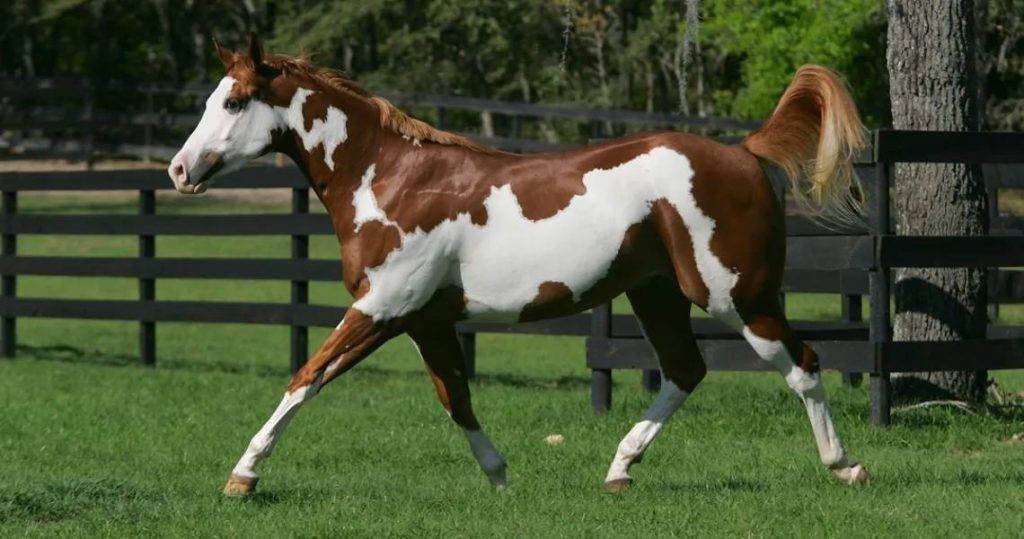The Significance of Horse Colors and Markings
Horse colors and markings are not just aesthetically pleasing; they also carry significant meaning in the equestrian world. From genetics to breed identification, the color and patterns of a horse can tell us much about its lineage, behavior, and suitability for certain activities. Here’s an exploration of the significance of horse colors and markings.
1. Understanding Horse Colors
Basic Color Categories

Horses come in a variety of colors, each with its own genetic basis. The main color categories include:
- Bay: A reddish-brown color with a black mane and tail. Bays are common and often associated with strength and endurance.
- Chestnut: Ranging from light to dark red, chestnuts are known for their warmth and friendly disposition.
- Black: A solid black coat that can indicate a horse’s strength and elegance.
- Grey: Horses that are born a different color but turn grey as they age. Grey horses are often associated with beauty and grace.
Dilution Colors

Dilution genes can create unique colors such as palomino (golden coat with a white mane and tail), buckskin (tan coat with a black mane and tail), and cremello (light cream color). These colors can be striking and are often highly sought after in certain breeds.
2. Markings and Their Meanings

Facial Markings
Facial markings can help identify horses and often include:
- Star: A white patch on the forehead, which can vary in size and shape.
- Snip: A small white marking on the nose or upper lip.
- Blaze: A wide stripe down the face, which can denote uniqueness and character.
These markings not only serve as identification but also add to the horse’s individuality.
Leg Markings
Leg markings can also be significant. Common markings include:
- Stocking: A white marking that extends from the hoof to the knee or hock.
- Sock: A smaller white marking that covers only part of the leg.
- Coronet Band: A small white marking at the top of the hoof.
These markings can indicate genetic lineage and can be useful for identifying horses in large groups.
3. Genetic Implications
Breed Standards
Many horse breeds have specific color and marking standards. For example, Appaloosas are known for their distinctive spotted coats, while Paint horses are characterized by their unique color patterns that include large patches of white and another color. Understanding these standards helps breeders and buyers identify horses that meet their specific needs.
Genetic Diversity
Color and markings can also provide insights into a horse’s genetic diversity. Certain colors may be more prevalent in specific breeds, while unique markings can indicate hybrid vigor or unique genetic traits.
4. Behavioral Associations
Color and Behavior
Some studies suggest that a horse’s color may be linked to its temperament and behavior. For example, bay horses are often thought to be more spirited, while chestnuts may be perceived as more docile. While these associations are not universally applicable, they can influence how a horse is trained and handled.
Public Perception
The color and markings of a horse can also affect public perception. Certain colors may be more appealing in competition or leisure riding, impacting a horse’s desirability and value.
5. Cultural Significance
Symbolism in Different Cultures
In various cultures, specific horse colors and markings carry symbolic meanings. For instance, white horses are often seen as symbols of purity and grace, while black horses may symbolize power and mystery.
Historical Context
Throughout history, certain colors have been associated with particular roles in society, from warhorses to ceremonial mounts. Understanding these historical contexts adds depth to the significance of horse colors and markings.
Horse colors and markings hold substantial significance beyond mere aesthetics. They play a vital role in identification, genetics, and even behavior, making them important considerations for horse owners, breeders, and enthusiasts alike. Whether you’re drawn to a striking chestnut or a beautifully marked paint, appreciating these attributes deepens our connection to these magnificent animals
.




